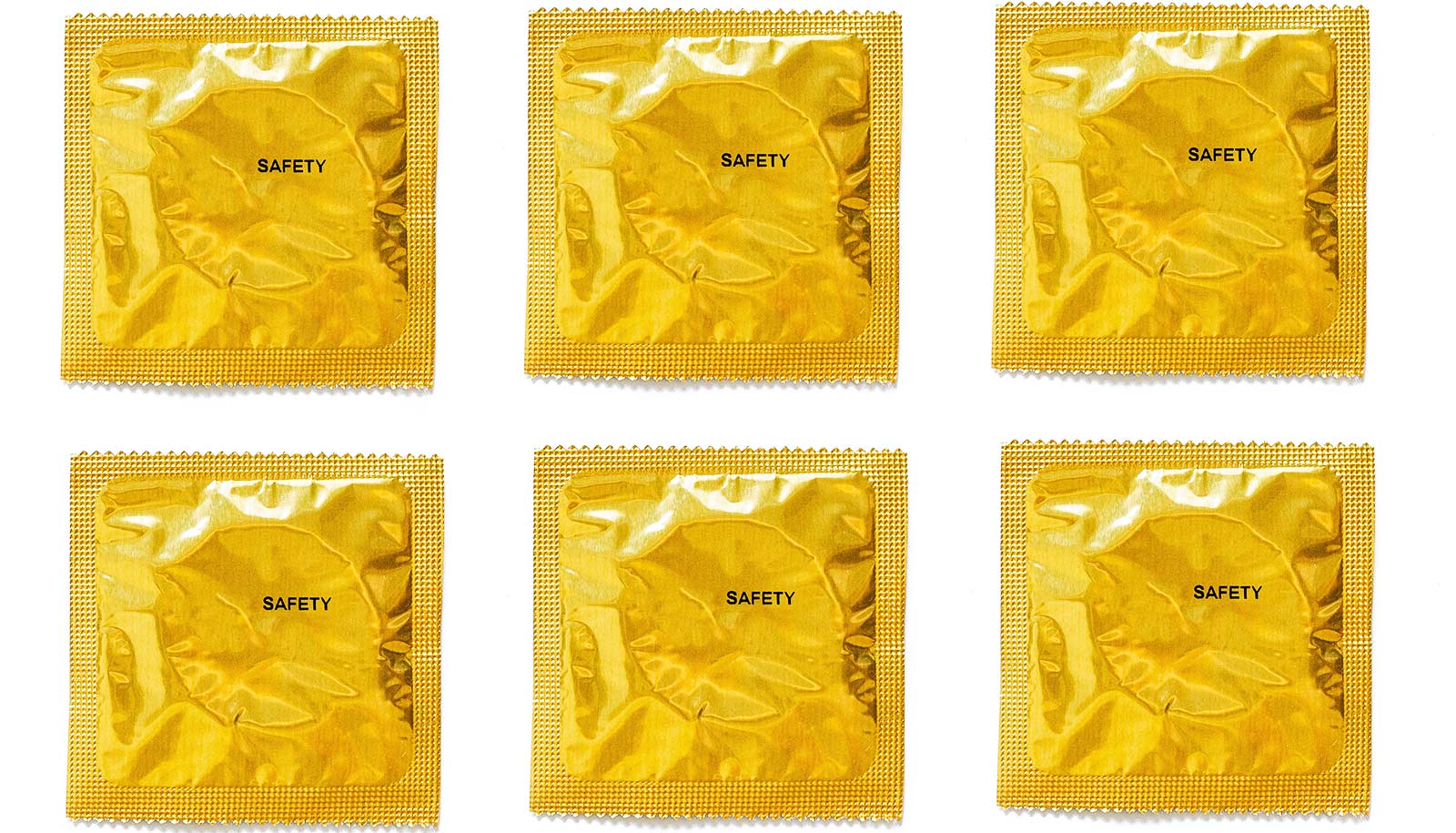Early, frank, and age-appropriate conversations about safe sex can result in fewer unintended pregnancies, research finds.
The study affirms that educational intervention before “first sex” can protect the sexual health of Black males.
The findings, published in the journal Culture, Health & Sexuality, are based on the analysis of self-reported sexual experiences of Black male teens and young adults.
“Our findings add to our understanding of the context and consequences of having sex early in life (before age 13), suggesting ways to better support the healthy sexual development of Black male adolescents,” says Johns Hopkins Children’s Center physician Arik Marcell, associate professor of pediatrics and public health at the Johns Hopkins University School of Medicine, and a member of the research team.
Questions at the clinic
Prior research, Marcell says, indicates that up to 30% of US urban Black male adolescents report their first sex experience before age 13, compared with 10% among white peers. These studies also suggest that regardless of race or gender, young people whose first sexual encounter occurs before age 13 are more likely to experience negative sexual and reproductive health behaviors, such as multiple sexual partners, sex under the influence of substance use, unintended or unwanted pregnancy, and sexually transmitted infections.
But past studies, including this Guttmacher institute publication, have mostly looked at the socioeconomic contributors of early sexual experiences of girls, particularly from non-Black races and ethnicities. Few studies have examined the impact of early sexual experiences for boys, which this current research explored.
In the new study, based on data gathered with young men after their clinic visits using a computer survey, the researchers sought a correlation between the ages at which young Black males said they first had sex and the contexts of these first sex experiences.
Specifically, they analyzed information gathered between August 2014 and September 2017 from 493 Black males, ages 15–24 and living in Baltimore, Maryland. All were asked to complete a computer survey at the end of a clinical visit at five clinics across the city that serve young men.
As part of the study, survey participants were asked about their demographic and sexual and reproductive health histories, and for specific information about their relationships with their parents and sexual partners at the timing of their first sex experience. Participants were also asked at what age they first engaged in vaginal, oral, and anal sex; what they considered to be their race, ethnicity, and sexual orientation; how many sexual partners they had within the previous three months; whether their primary care or clinic visit was for a routine physical exam, a sexually transmitted infection, or other reason; whether or not they used condoms; what, if any, personal history they had with pregnancies, miscarriages, or abortions; and whether or not they had biological children.
Additionally, participants were asked about their knowledge of sex prior to their first sex experience, if they felt their masculinity was tied to having sex, whether they had sex to impress their peers, and if they felt it was acceptable for an unmarried couple to have sex if they have affection for one another.
The researchers also assessed partner relationships by asking about the type of sexual relationship in which they were involved (such as long-term, casual, or just meeting the person with whom they had sex); the age of their partner relative to theirs; and if the decision to engage in sex was mutual or under pressure from their partner. Finally, participants were asked about their parent/guardian guidance, including if they had the freedom to do whatever they wanted, as well as what they thought their parents felt about them having sex.
The survey was part of an existing program related to the current program in which youth-serving professionals provided sex education and information about sexual and reproductive health care to promote healthy sexual development.
Early sex, early sex ed
Of the survey participants, 61% were ages 20–24; 90% were non-Hispanic Black; 83% had a mother with a high school diploma; and 75% identified as heterosexual. Additionally, 75% reported female-only partners; 32% had three or more partners in the past three months; 47% reported their partner had gotten pregnant; 10% had two or more children; and 38% had a history of a sexually transmitted infection.
Like findings from past national school-based studies, first sex at age 13 years or younger was reported by more than 28% of young Black males in this study. Compared with those males who had their first sexual experience at age 14 or older, the younger “first sex” group also reported being involved in at least one pregnancy, having a “much older” first partner, and being dissatisfied in their relationships with their parents at the time of their first sex.
Some 60% of participants reported they had first sex with older partners compared with a partner of the same age or younger. When reporting relationship dissatisfaction with their parents or guardians, 16% stated they had difficulties with their mother or female guardian, and 12% said their father or male guardian caused greater problems.
The researchers caution that their results may not apply widely because of the small study size, and the fact that participants were limited to clinic-attending young urban males in Baltimore. But the authors note that there have been similar findings among school-based samples of young men in other urban settings.
“The results suggest that earlier sex education and information—well before a first sexual encounter—would help ensure the sexual health of young urban Black men and their partners,” says Marcell. Prevention strategies, he adds, could include programs designed to delay first experiences with sex for this population. Study findings also indicate the importance of sexual behavior assessments in routine clinical care.
Coauthors are from Johns Hopkins, the Guttmacher Institute, and the US Centers for Disease Control and Prevention. None of the study authors had any conflicts of interest to report.
Support for the study came under a cooperative agreement with the US Centers for Disease Control and Prevention and the Secretary’s Minority AIDS Initiative Fund (US Department of Health and Human Services), and the Guttmacher Center for Population Research Innovation and Dissemination under a National Institutes of Health grant.
Source: Johns Hopkins University



